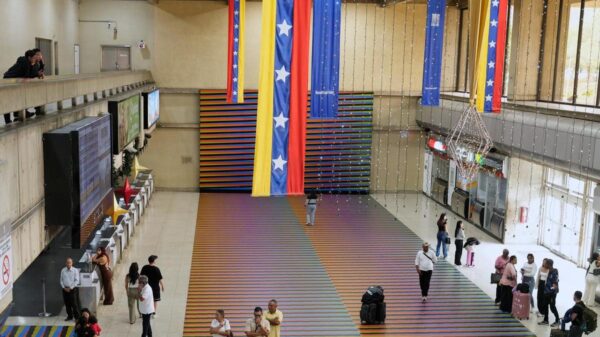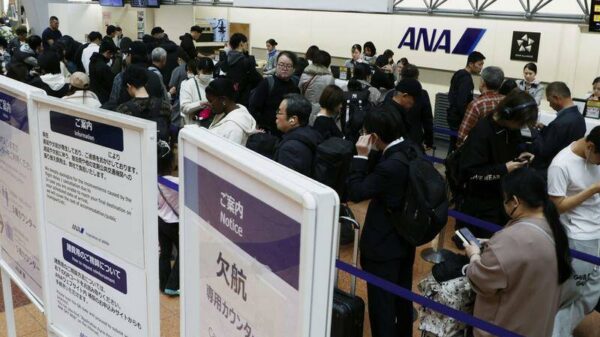South Korea has initiated the removal of loudspeakers that broadcast anti-North Korean slogans along its border, marking a significant step in reducing tensions between the two nations. This decision comes as part of efforts led by President Lee Jae Myung‘s administration to foster a more conciliatory atmosphere on the Korean Peninsula.
Background of the Loudspeaker Program
For decades, loudspeakers positioned near the Demilitarized Zone (DMZ) have served as a tool for psychological warfare. The broadcasts typically featured messages that criticized the North Korean government and promoted South Korea’s democratic values. The program was often viewed as a provocative gesture by North Korea, which responded with its own hostile rhetoric.
The recent dismantling of these loudspeakers represents a shift in South Korea’s approach to inter-Korean relations. As tensions have remained high, particularly following North Korea’s missile tests, this move signals a desire for dialogue and stability.
Government’s Objectives and Future Relations
President Lee emphasized the importance of peaceful coexistence during a recent address. He stated that fostering communication and understanding is essential for achieving long-term peace in the region. The removal of the loudspeakers, according to government sources, is aimed at creating an environment conducive to negotiations.
Critics of the loudspeaker program have argued that it serves little purpose and only escalates hostilities. By dismantling these installations, the South Korean government hopes to encourage North Korea to engage in constructive discussions, particularly regarding its nuclear weapons program.
This decision has garnered mixed reactions from the public. Some citizens view it as a positive move towards peace, while others express concern that it may be perceived as a sign of weakness by North Korea.
As South Korea progresses with this initiative, the international community will be closely watching for any changes in North Korea’s stance. The dismantling of the loudspeakers may pave the way for renewed talks, but the path to reconciliation remains uncertain.
The Demilitarized Zone, established in 1953, has long been a symbol of division between North and South Korea. The loudspeakers were a reminder of the ongoing conflict and the challenges both nations face in moving towards a peaceful resolution.
In summary, the removal of anti-North Korea loudspeakers is a notable development in South Korea’s foreign policy under President Lee Jae Myung. As the government aims to reduce hostilities and encourage dialogue, the implications of this decision may have far-reaching effects on the future of inter-Korean relations.





























































